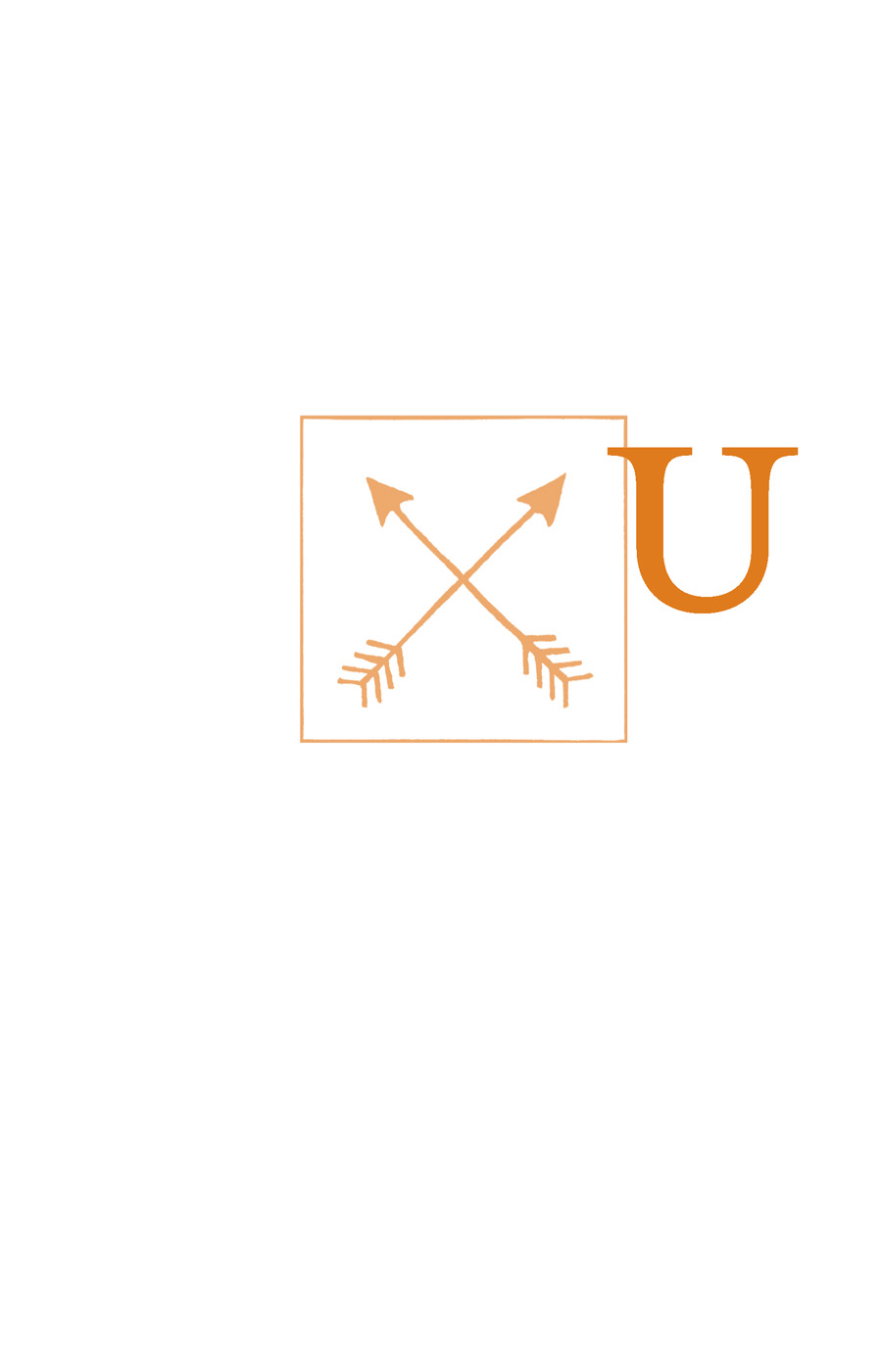

The wide, flat-bottomed boat of the Inuit, made by stretching hide (generally the skin of the walrus) over a wooden framework.
c.1588–c.1683
When the Pequot sachem, Sassacus, decided to fight the white colonists in the 1600s, one of his subchiefs, Uncas, disagreed with his policy and, taking his followers, split from the Pequot and started his own tribe, the Mohegan.
Uncas inspired the character in James Fenimore Cooper’s book, The Last of the Mohicans, the title of which often causes confusion. The “Mohicans” that Cooper refers to should, strictly speaking, be called “Mohegans,” since this was the name of Uncas’ splinter tribe. To add to the confusion, there are also tribes called the Mohawk (of the Iroquois family) and Mahican (an Algonquian tribe that had no relationship to Uncas’ Mohegans).
Uncas was eventually appointed chief of the Pequot after the defeat of Sassacus in the bloody Pequot wars. Uncas died sometime around 1682; a monument to him was erected in 1847 by the people of Connecticut, the cornerstone of which was put in place by the then-President, Andrew Jackson, in 1833.
For the Apache, Usen was the Supreme Being, the Giver of Life, and the most powerful of all the Spirit Beings. As well as Usen, the tribe worshipped the Mountain Spirits, or Gans; Apache men garbed themselves in costumes to impersonate and honor the Gans in song, dance, and ceremony.
An important division of the Shoshone, who were also allied to the Bannock and the Paiute, before the coming of the Mexican settlers the Ute ranged across the vast tract of land from the central and western parts of Colorado to eastern Utah (which takes its name from that of the tribe), and some could also be found in some parts of New Mexico and Wyoming. The Ute are believed to have inhabited this wide area for at least 1,000 years. The name Ute is likely to be a derivation of the tribe’s own name for themselves, Nuutsiu, meaning “the people,” or else it could be from an Apache word meaning “high up.”
Part of the Numic language group, the Ute were early adopters of the horse, which enhanced their warlike reputation. A nomadic people, the early Ute were not unified, but traveled in loose bands, making allegiances with other groups. One of their traditions during times of war was to hand over any female prisoners to the women of their own tribe to deal with.
The first Europeans to meet the Ute were the 17th-century Spanish explorers, with whom they traded in order to acquire horses, although they viewed the Spaniards as their enemy. The presence of other European settlers, particularly those seeking gold in Utah, meant conflict, too, although the Ute people sometimes sided with the United States against other tribes, including the Apache.
In the 1860s the Government attempted to contain and also consolidate the Ute by allotting them a series of reservations in New Mexico, Colorado, and Utah. The size of these reservations was reduced repeatedly according to the demands of the European settlers. In the 20th century the Ute would be compensated with some $50 million for the loss of their land during the Gold Rush.